 Image 1 of 2
Image 1 of 2

 Image 2 of 2
Image 2 of 2



Humpback Whale Bowl
A humpback whale happily cavorts on the interior of this bowl, while the exterior has a sponged design in ocean blue. The bowl is generously sized to hold a main course meal or act as a serving dish for vegetables or sides. Made from red clay with a white glaze, it was hand painted using the centuries-old majolica technique.
Top Diameter: 8”
Bottom Diameter: 3-7/8”
Height: 2-3/4”
Capacity: 34 oz
Unregulated whaling nearly wiped out the humpback whale by the mid 1900s. Numerous conservation organizations, together with concerned citizens, worked to bring them back from the edge. Now, they’re helping the planet in a big way. They consume nutrients from the depth of the ocean and then defecate near the surface, acting as fertilizer pumps and feeding the tiny phytoplankton which produce half the world’s oxygen and capture as much planet-warming carbon dioxide as four Amazon rainforests. The phytoplankton feed the krill, which feed most other marine organisms including fish, seabirds, seals and whales.
A humpback whale happily cavorts on the interior of this bowl, while the exterior has a sponged design in ocean blue. The bowl is generously sized to hold a main course meal or act as a serving dish for vegetables or sides. Made from red clay with a white glaze, it was hand painted using the centuries-old majolica technique.
Top Diameter: 8”
Bottom Diameter: 3-7/8”
Height: 2-3/4”
Capacity: 34 oz
Unregulated whaling nearly wiped out the humpback whale by the mid 1900s. Numerous conservation organizations, together with concerned citizens, worked to bring them back from the edge. Now, they’re helping the planet in a big way. They consume nutrients from the depth of the ocean and then defecate near the surface, acting as fertilizer pumps and feeding the tiny phytoplankton which produce half the world’s oxygen and capture as much planet-warming carbon dioxide as four Amazon rainforests. The phytoplankton feed the krill, which feed most other marine organisms including fish, seabirds, seals and whales.
